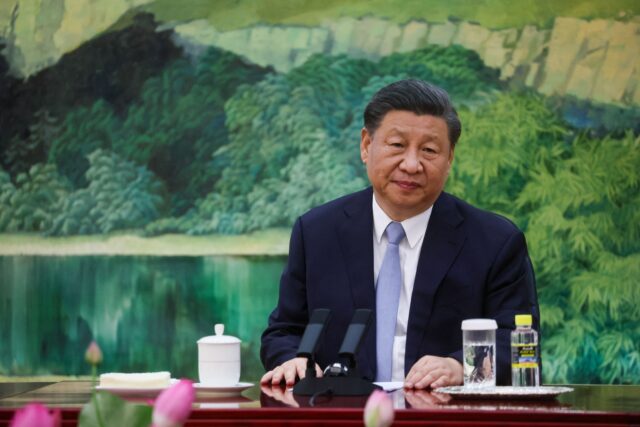HONG KONG (AP) — China’s economy grew at a 6.3 percent annual pace in the April-June quarter, much lower than analysts had forecast given the slow pace of growth the year before.
The world’s second-largest economy is expected to slow further in coming months given slack consumer demand in China and weaker demand for Chinese exports in other economies as their post-pandemic recoveries lose momentum.
The 6.3 percent growth in China’s gross domestic product from April to June outpaced a 4.5 percent rate of growth in the previous quarter, according to government data released Monday.
In quarterly terms, the economy grew 0.8 percent compared to the first three months of the year.
The still robust growth is largely due to the economy growing just 0.4 percent a year earlier amid strict lockdowns in Shanghai and other cities during major outbreaks of COVID-19.
Analysts had forecasted growth for the quarter that ended in June to exceed 7 percent.
China’s GDP in the first quarter beat expectations and grew by 4.5 percent as consumers flocked to shopping malls and restaurants after nearly three years of “zero-COVID” restrictions were removed in late 2022.
Earlier this year, China’s government set this year’s economic growth target at “around 5 percent,” a conservative goal that will only be met if GDP grows faster in the months ahead.
Data released earlier showed exports declined 12.4 percent in June from a year earlier as global demand faltered after central banks in U.S. and Europe raised interest rates to curb inflation.
Retail sales, an indicator of consumer demand, in June rose 3.1 percent from the same period in 2022.
Industrial production output, which measures activity in the manufacturing, mining and utilities sectors, beat analyst’s expectations, rising by 4.4 percent in June compared to the same month a year earlier.
China’s policymakers are not having to fight inflation, but may end up having to contend with its opposite, deflation, or falling prices due to weak demand. In recent months, the authorities have tried to spur lending and spending, with mixed success.
Fixed-asset investment — spending on infrastructure and other projects to drive growth — rose by a still tepid 3.8 percent for the first half of 2023 compared to the same period of 2022.

COMMENTS
Please let us know if you're having issues with commenting.